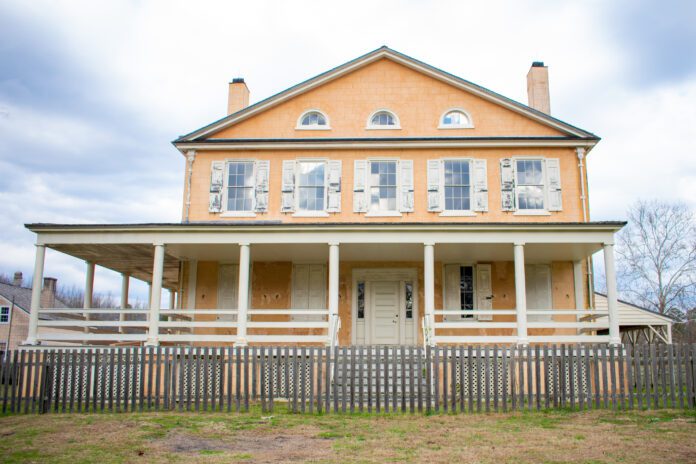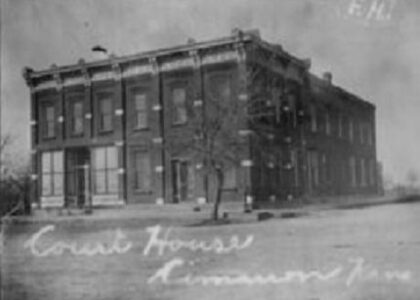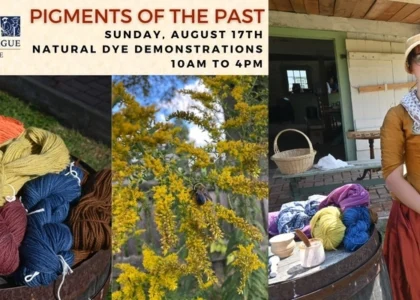Welcome to Atsion, New Jersey, a place where echoes of the past blend seamlessly with the whispers of nature. This small community, located within the sprawling Wharton State Forest, holds a rich tapestry of history that dates back to the early 19th century.
The story of Atsion begins in 1826 when Samuel Richards, a prominent industrialist, established the Atsion Iron Works. At that time, the iron industry was booming, and the Pine Barrens of New Jersey offered a wealth of resources. The Richards family envisioned Atsion as a thriving industrial center, producing iron products like nails and tools that were essential for the growing nation.
One of the most notable figures connected to Atsion is Samuel Richards himself. He not only founded the iron works but also played a significant role in developing the surrounding community. Under his guidance, Atsion grew to include a gristmill, a sawmill, and even a mansion that served as the Richards family home. This mansion still stands today and serves as a testament to the area’s industrial heritage.
During the mid-19th century, Atsion reached its peak. The iron works were a bustling hub of activity, with workers and their families calling the village home. However, as the century drew to a close, the decline of the local iron industry led to a slowing pace of life. The advent of anthracite coal and more efficient iron production technologies elsewhere made Atsion’s methods obsolete.
Despite the downturn in industry, Atsion found new life in the early 20th century when it became part of the burgeoning cranberry and blueberry agricultural sectors. The Pine Barrens’ unique soil conditions are ideal for these crops, and Atsion contributed to New Jersey’s reputation as a leading producer.
Today, Atsion is a serene historical site within Wharton State Forest, drawing visitors who are eager to explore its natural beauty and historical significance. The Atsion Mansion, restored to its former glory, offers a glimpse into the life of the Richards family and the early industrial era. Visitors can also enjoy the scenic beauty of Atsion Lake, a popular spot for kayaking, fishing, and picnicking.
Atsion’s legacy is one of transformation and adaptation, reflecting the broader changes in American industry and agriculture. It stands as a reminder of the resilience and innovation that have shaped this region. So, whether you’re walking along its trails, paddling on its waters, or simply soaking in its history, Atsion invites you to connect with a past that is both poignant and profound.





